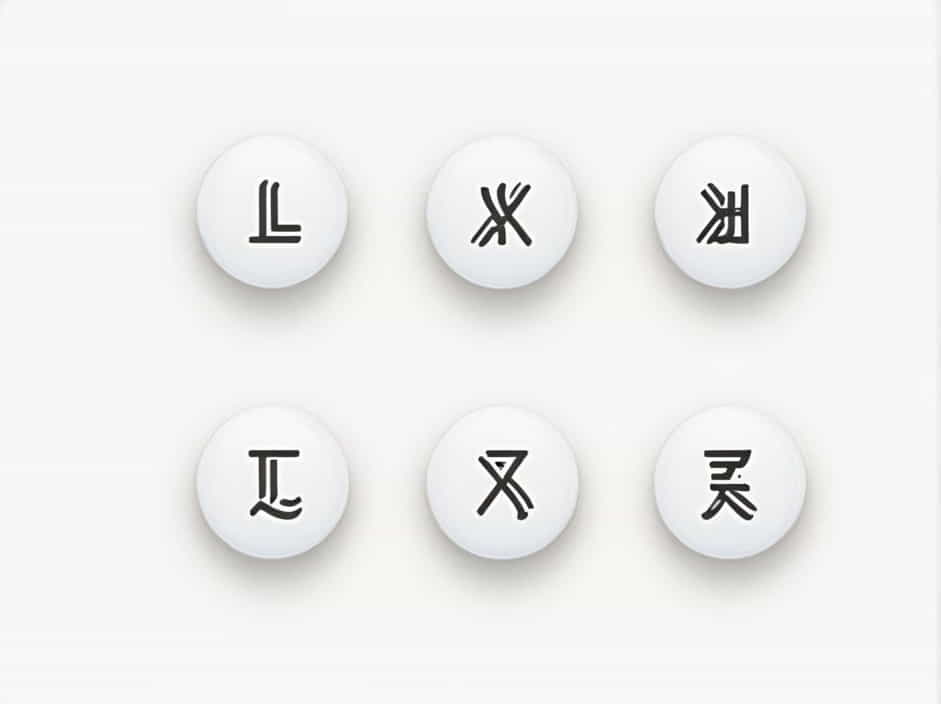Roman numerals have been used for centuries in various fields, from ancient architecture to modern clock faces. One common question is: What does LXIV represent in Arabic numerals?
The Roman numeral LXIV equals 64 in the Arabic numeral system. Understanding how to convert Roman numerals into Arabic numbers helps in mathematics, history, and everyday applications.
This topic will explain the meaning, conversion method, rules, and common uses of Roman numerals like LXIV.
What Does LXIV Mean in Arabic Numerals?
The Roman numeral LXIV represents the number 64 in Arabic numerals.
Here’s how it breaks down:
- L = 50
- X = 10
- IV = 4
When we add them together:
50 + 10 + 4 = 64
This simple calculation shows how Roman numerals follow a specific pattern of addition and subtraction.
How to Convert Roman Numerals to Arabic Numerals
To convert Roman numerals like LXIV into Arabic numerals, follow these steps:
Step 1: Identify the Values of Each Letter
Each Roman numeral has a fixed value:
- L = 50
- X = 10
- I = 1
- V = 5
Step 2: Apply Addition and Subtraction Rules
Roman numerals follow two basic rules:
- If a smaller numeral comes before a larger one, subtract it.
- IV = 5 – 1 = 4
- If a smaller numeral comes after a larger one, add it.
- LX = 50 + 10 = 60
Step 3: Combine the Values
Now, sum up the values:
LXIV = (50 + 10) + (5 – 1) = 64
This method applies to all Roman numeral conversions.
Roman Numerals Chart for Quick Conversion
Here is a quick reference chart for common Roman numerals:
| Roman Numeral | Arabic Numeral |
|---|---|
| I | 1 |
| V | 5 |
| X | 10 |
| L | 50 |
| C | 100 |
| D | 500 |
| M | 1000 |
By using this chart, you can easily convert any Roman numeral into an Arabic numeral.
Common Uses of Roman Numerals
Roman numerals are still widely used today. Here are some common places where you might see them:
1. Clock Faces
Many traditional clocks use Roman numerals to mark the hours.
🔹 Example: A clock showing IX represents 9 o’clock.
2. Movie and Book Titles
Roman numerals are often used to show sequels in movies and books.
🔹 Example: Rocky IV (Rocky 4), Star Wars Episode VI (Star Wars 6).
3. Super Bowl and Olympic Games
Major events like the Super Bowl and the Olympics use Roman numerals for numbering.
🔹 Example: Super Bowl LXIV means Super Bowl 64.
4. Monarchs and Popes
Kings, queens, and popes use Roman numerals in their names.
🔹 Example: Queen Elizabeth II (Elizabeth the Second).
5. Numbering Chapters and Sections
Roman numerals are often used in book chapters, legal documents, and outlines.
🔹 Example: Chapter IX (Chapter 9) in history books.
Why Are Roman Numerals Still Used Today?
Despite the dominance of Arabic numerals, Roman numerals continue to be used for tradition, aesthetics, and clarity. Here’s why:
1. Tradition and History
Roman numerals have been used for thousands of years and remain a symbol of historical continuity.
2. Readability and Elegance
Many designs, such as clocks and movie titles, look more classic and prestigious with Roman numerals.
3. Avoiding Confusion
Roman numerals help differentiate items from standard numbering systems.
🔹 Example: In book outlines, I, II, III (Roman) avoid confusion with 1, 2, 3 (Arabic).
Frequently Asked Questions (FAQs)
1. How Do You Write 64 in Roman Numerals?
64 is written as LXIV in Roman numerals.
2. What Is the Highest Roman Numeral?
The largest commonly used Roman numeral is M (1000), but larger numbers can be written using overlines.
🔹 Example: V̅ = 5000, X̅ = 10,000.
3. How Do You Write 100 in Roman Numerals?
100 is written as C in Roman numerals.
4. Why Is 4 Written as IV Instead of IIII?
IV follows the subtraction rule, where I before V means 5 – 1 = 4. However, some old clocks use IIII for symmetry.
5. How Do You Convert Large Roman Numerals?
Break them down into smaller values and apply addition and subtraction rules.
🔹 Example: DCLXIV = 500 + 100 + 50 + 10 + 4 = 664.
Roman numerals are an important part of history, mathematics, and modern design. The number LXIV represents 64 in Arabic numerals, and its conversion follows simple rules of addition and subtraction.
Understanding Roman numerals is useful for reading clocks, books, movie titles, historical documents, and official names. Although Arabic numerals dominate everyday use, Roman numerals continue to hold significance in culture and tradition.
By mastering Roman numerals, you can easily interpret historical dates, event names, and classic designs with confidence.
